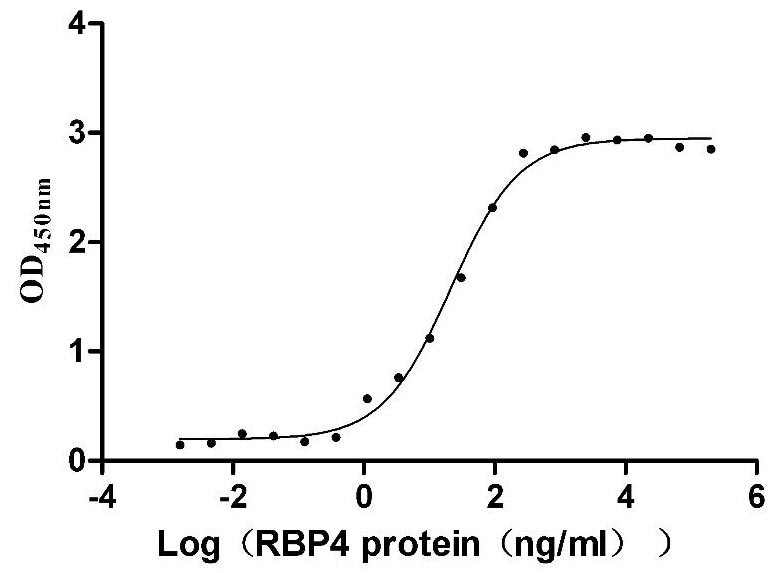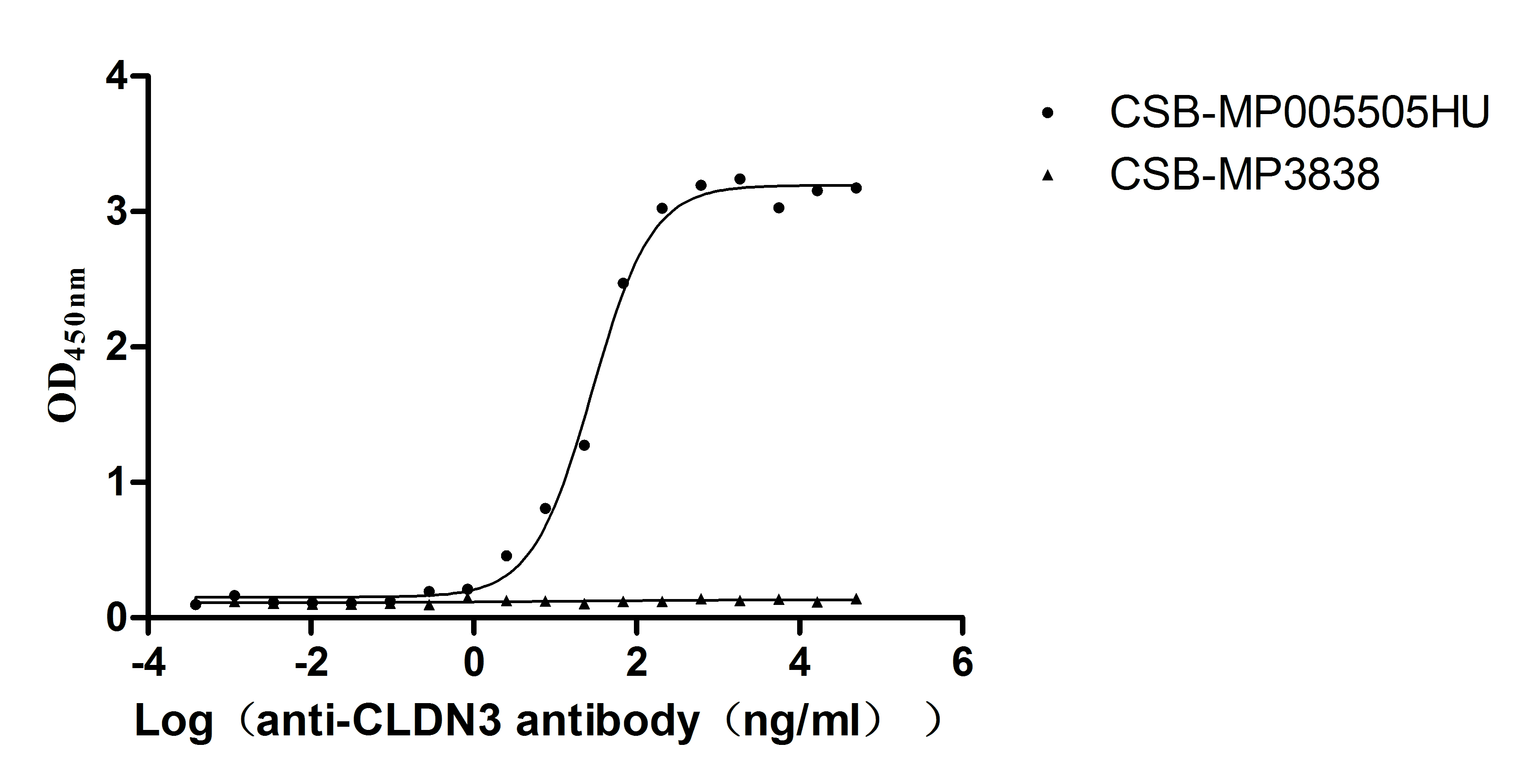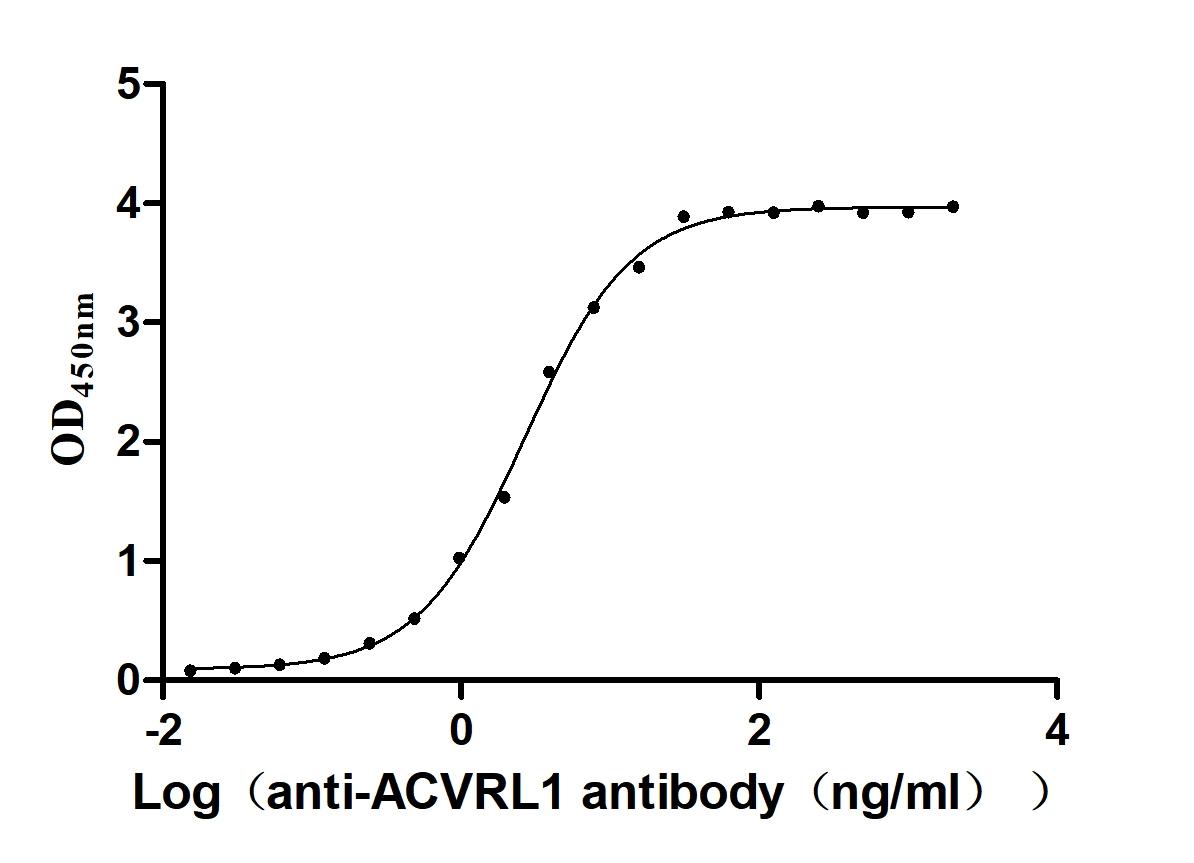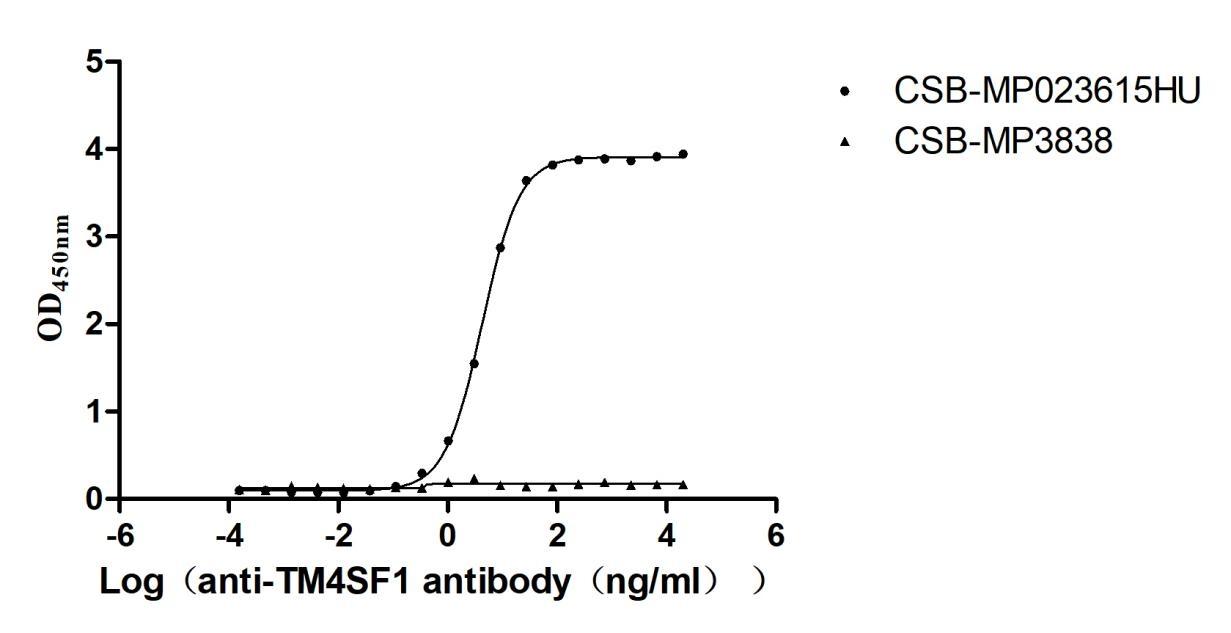Recombinant Human Phospholipase A-2-activating protein (PLAA)
-
中文名稱:
-
貨號(hào):CSB-YP018107HU
-
規(guī)格:
-
來源:Yeast
-
其他:
-
中文名稱:
-
貨號(hào):CSB-EP018107HU
-
規(guī)格:
-
來源:E.coli
-
其他:
-
中文名稱:
-
貨號(hào):CSB-EP018107HU-B
-
規(guī)格:
-
來源:E.coli
-
共軛:Avi-tag Biotinylated
E. coli biotin ligase (BirA) is highly specific in covalently attaching biotin to the 15 amino acid AviTag peptide. This recombinant protein was biotinylated in vivo by AviTag-BirA technology, which method is BriA catalyzes amide linkage between the biotin and the specific lysine of the AviTag.
-
其他:
-
中文名稱:
-
貨號(hào):CSB-BP018107HU
-
規(guī)格:
-
來源:Baculovirus
-
其他:
-
中文名稱:
-
貨號(hào):CSB-MP018107HU
-
規(guī)格:
-
來源:Mammalian cell
-
其他:
產(chǎn)品詳情
-
純度:>85% (SDS-PAGE)
-
基因名:PLAP
-
Uniprot No.:
-
別名:Phospholipase A-2-activating protein; PLA2P; PLAP; PLAA PLAP
-
種屬:Homo sapiens (Human)
-
蛋白標(biāo)簽:Tag?type?will?be?determined?during?the?manufacturing?process.
The tag type will be determined during production process. If you have specified tag type, please tell us and we will develop the specified tag preferentially. -
產(chǎn)品提供形式:Liquid or Lyophilized powder
Note: We will preferentially ship the format that we have in stock, however, if you have any special requirement for the format, please remark your requirement when placing the order, we will prepare according to your demand. -
復(fù)溶:We recommend that this vial be briefly centrifuged prior to opening to bring the contents to the bottom. Please reconstitute protein in deionized sterile water to a concentration of 0.1-1.0 mg/mL.We recommend to add 5-50% of glycerol (final concentration) and aliquot for long-term storage at -20℃/-80℃. Our default final concentration of glycerol is 50%. Customers could use it as reference.
-
儲(chǔ)存條件:Store at -20°C/-80°C upon receipt, aliquoting is necessary for mutiple use. Avoid repeated freeze-thaw cycles.
-
保質(zhì)期:The shelf life is related to many factors, storage state, buffer ingredients, storage temperature and the stability of the protein itself.
Generally, the shelf life of liquid form is 6 months at -20°C/-80°C. The shelf life of lyophilized form is 12 months at -20°C/-80°C. -
貨期:Delivery time may differ from different purchasing way or location, please kindly consult your local distributors for specific delivery time.Note: All of our proteins are default shipped with normal blue ice packs, if you request to ship with dry ice, please communicate with us in advance and extra fees will be charged.
-
注意事項(xiàng):Repeated freezing and thawing is not recommended. Store working aliquots at 4°C for up to one week.
-
Datasheet :Please contact us to get it.
相關(guān)產(chǎn)品
靶點(diǎn)詳情
-
功能:Plays a role in protein ubiquitination, sorting and degradation through its association with VCP. Involved in ubiquitin-mediated membrane proteins trafficking to late endosomes in an ESCRT-dependent manner, and hence plays a role in synaptic vesicle recycling. May play a role in macroautophagy, regulating for instance the clearance of damaged lysosomes. Plays a role in cerebellar Purkinje cell development. Positively regulates cytosolic and calcium-independent phospholipase A2 activities in a tumor necrosis factor alpha (TNF-alpha)- or lipopolysaccharide (LPS)-dependent manner, and hence prostaglandin E2 biosynthesis.
-
基因功能參考文獻(xiàn):
- In both human and mouse, hypomorphic mutations in the ubiquitin adaptor protein PLAA cause an infantile-lethal neurodysfunction syndrome with seizures. PMID: 28413018
- This study presented that Phospholipase A2-activating protein is associated with a novel form of leukoencephalopathy. PMID: 28007986
- This review provides evidence that 1,25-dihydroxy vitamin D3 stimulates PLA2 via PLAA and CaMKII, a process initiated by Pdia3/PLAA interaction, which further triggers CaMKII-dependent PLA2 activation. [review] PMID: 25448737
- Function assignment to conserved residues in mammalian alkaline phosphatases. PMID: 11937510
- PLAP inhibits sPLA2-triggered release of fatty acids from erythrocyte membranes PMID: 14499668
- identified one stimulatory element, with Sp1 binding sites, and one inhibitory element, in exon 1 of the plaa gene PMID: 18291623
- Structural basis for ubiquitin recognition by a novel domain from the human phospholipase A2-activating protein PMID: 19423704
顯示更多
收起更多
-
相關(guān)疾病:Neurodevelopmental disorder with progressive microcephaly, spasticity, and brain anomalies (NDMSBA)
-
亞細(xì)胞定位:Nucleus. Cytoplasm. Cell junction, synapse.
-
蛋白家族:WD repeat PLAP family
-
數(shù)據(jù)庫鏈接:
Most popular with customers
-
Recombinant Human CD226 antigen (CD226), partial (Active)
Express system: Mammalian cell
Species: Homo sapiens (Human)
-
Recombinant Human Tumor necrosis factor receptor superfamily member 1A (TNFRSF1A), partial (Active)
Express system: Mammalian cell
Species: Homo sapiens (Human)
-
Recombinant Human Tyrosine-protein kinase Mer (MERTK), partial (Active)
Express system: Mammalian cell
Species: Homo sapiens (Human)
-
Recombinant Human Angiopoietin-2 (ANGPT2) (Active)
Express system: Mammalian cell
Species: Homo sapiens (Human)
-
Recombinant Mouse Transthyretin (Ttr) (Active)
Express system: Mammalian cell
Species: Mus musculus (Mouse)
-
Recombinant Human Claudin-3 (CLDN3)-VLPs (Active)
Express system: Mammalian cell
Species: Homo sapiens (Human)
-
Recombinant Human Serine/threonine-protein kinase receptor R3 (ACVRL1), partial (Active)
Express system: Baculovirus
Species: Homo sapiens (Human)
-
Recombinant Human Transmembrane 4 L6 family member 1(TM4SF1)-VLPs (Active)
Express system: Mammalian cell
Species: Homo sapiens (Human)


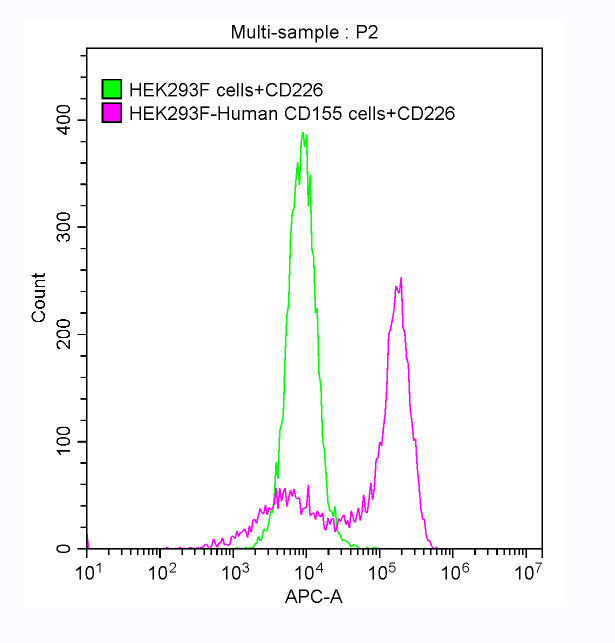
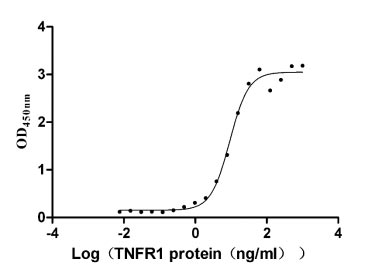
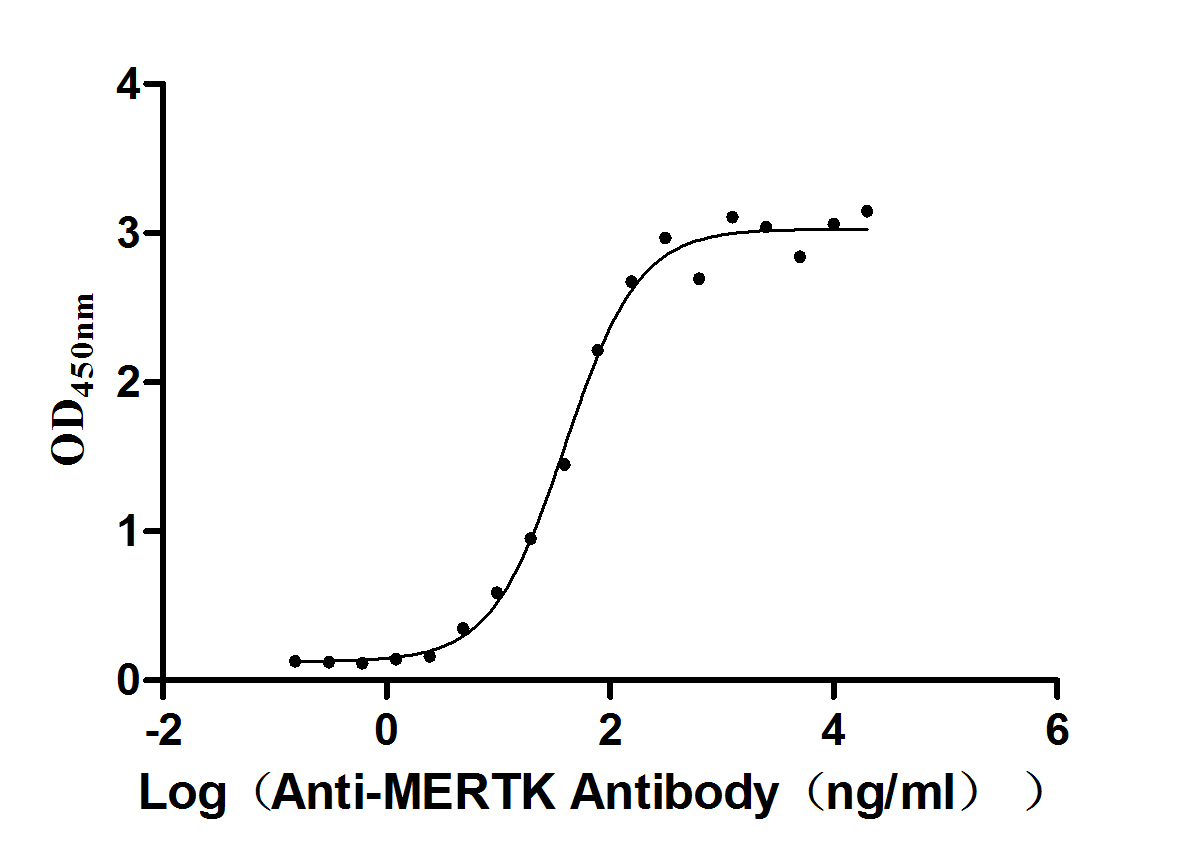
-AC1.jpg)
